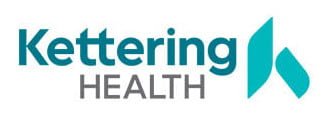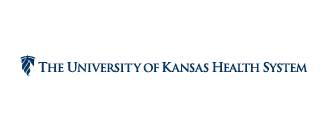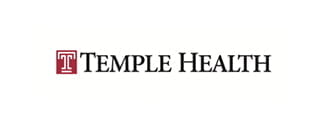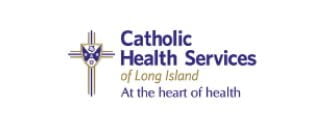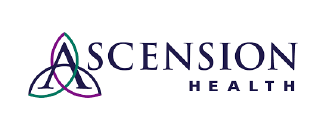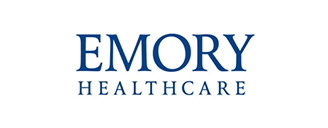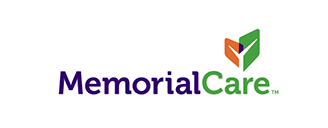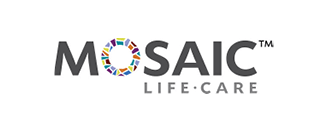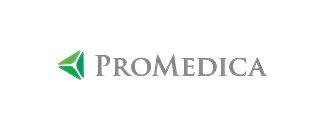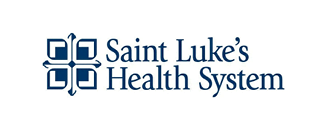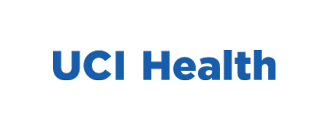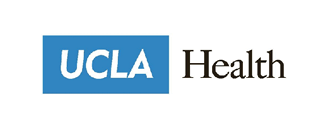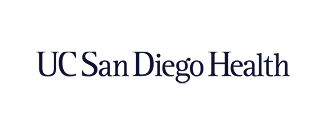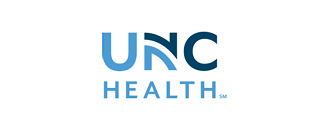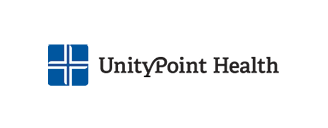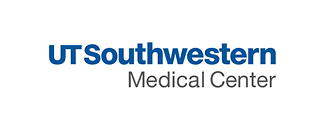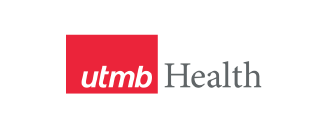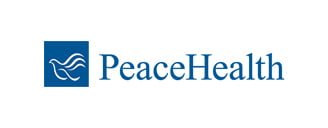Better Care From Home
We’ve been reading a lot lately about hospital-at-home, which enables some patients who need post-acute care to receive it in their own homes rather than in the hospital.
According to the American Hospital Association™, hospital-at-home care “has been shown to reduce costs, improve outcomes, and enhance the patient experience.” Better patient outcomes are reason enough to be excited about this new care delivery system, but what will its effect be on the supply chain?
Clearly, moving outside of the acute-care arena will be bound to pose unique challenges for supply chain leaders.
A Healthcare Dive article summed this up well saying, “Unlike acute care, where the supply chain is highly coordinated from end to end, the non-acute continuum is fragmented. Geographically dispersed locations that operate separately from one another, clinical infrastructures that span across different specialties, and significantly more people placing orders make managing the non-acute continuum extremely complex.” Additionally, the article went on to outline ten areas in the non-acute-care supply chain where supply chain leaders can make improvements.
We’ve listed them below, with our own spin on how to make them happen:
OPERATIONS
Getting suppliers under control and managing orders and deliveries in one place can save the supply chain team and clinical staff
ANALYTICS
Owning your data can help you make better real-time decisions and improve operational efficiency. Work with a partner like VPL to gain greater visibility into your operations
AUTOMATE PROCESSES
Use technology to automate processes and predictive analytics to predict what supplies will be needed
STRATEGIC COST MANAGEMENT
Make sure you have the right data to inform your cost negotiations with suppliers
VISIBILITY
Establishing visibility across the non-acute continuum, from hospital to home, can lead to better outcomes both operationally and financially
STANDARDIZATION
Again, it starts with strong data analytics and visibility, which can help hospitals identify key items ordered most frequently and ensure the product is being used consistently and appropriately
POST-ACUTE CARE
Correct, complete, and timely delivery of supplies and meds is crucial to ensuring patients can care for themselves at home. Learn more about how the hospital-at-home movement is impacting specialty pharmacies
LABORATORY
Integrate your supply chain and lab functions to work together to achieve increased standardized test results, SKU optimization, and supply chain utilization strategies
PHARMACEUTICALS
By streamlining your specialty pharmacy’s supply chain, you can increase compliance and reduce administrative costs
STAKEHOLDER ALIGNMENT
Getting buy-in from all of your stakeholders is critical, and showing them how data and visibility can help manage costs more efficiently is a great way to get it
Finding the Right Partner to Help Support Post-Acute Home Care
Although it’s a long list, each of the items has one important thing in common: they can all be achieved using the right technology.
At VPL, we empower healthcare supply chain leaders and specialty pharmacies by delivering an automated visibility and compliance solution designed to modernize their critical clinical supply chains from vendor to patient, including post-acute home care.
Click here to learn more about how VPL can help you improve operations and provide better post-acute hospital-at-home care.

